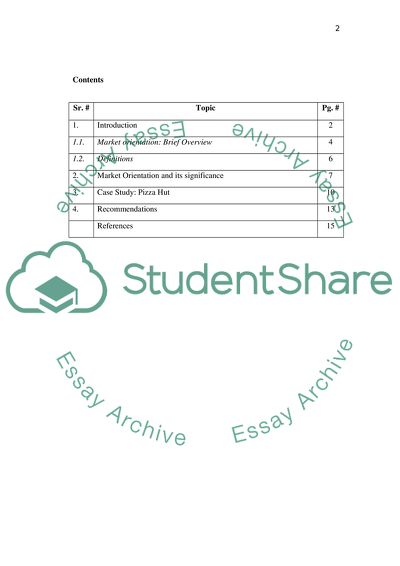Cite this document
(Marketing Management of Pizza Hut Research Paper - 3, n.d.)
Marketing Management of Pizza Hut Research Paper - 3. Retrieved from https://studentshare.org/marketing/1738332-marketing-management
Marketing Management of Pizza Hut Research Paper - 3. Retrieved from https://studentshare.org/marketing/1738332-marketing-management
(Marketing Management of Pizza Hut Research Paper - 3)
Marketing Management of Pizza Hut Research Paper - 3. https://studentshare.org/marketing/1738332-marketing-management.
Marketing Management of Pizza Hut Research Paper - 3. https://studentshare.org/marketing/1738332-marketing-management.
“Marketing Management of Pizza Hut Research Paper - 3”, n.d. https://studentshare.org/marketing/1738332-marketing-management.


